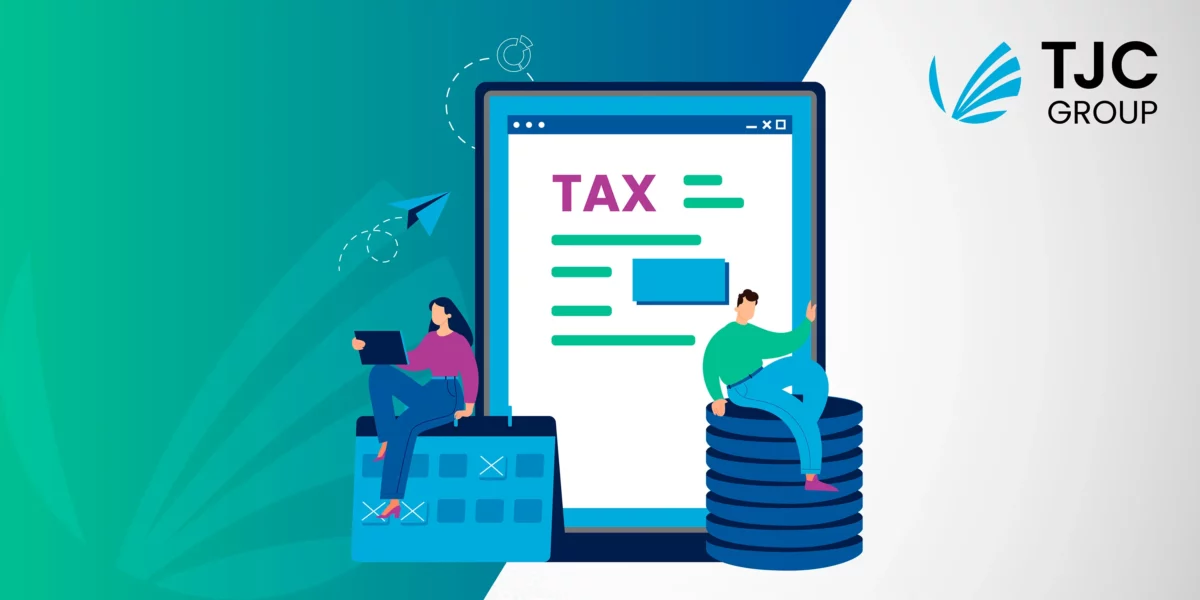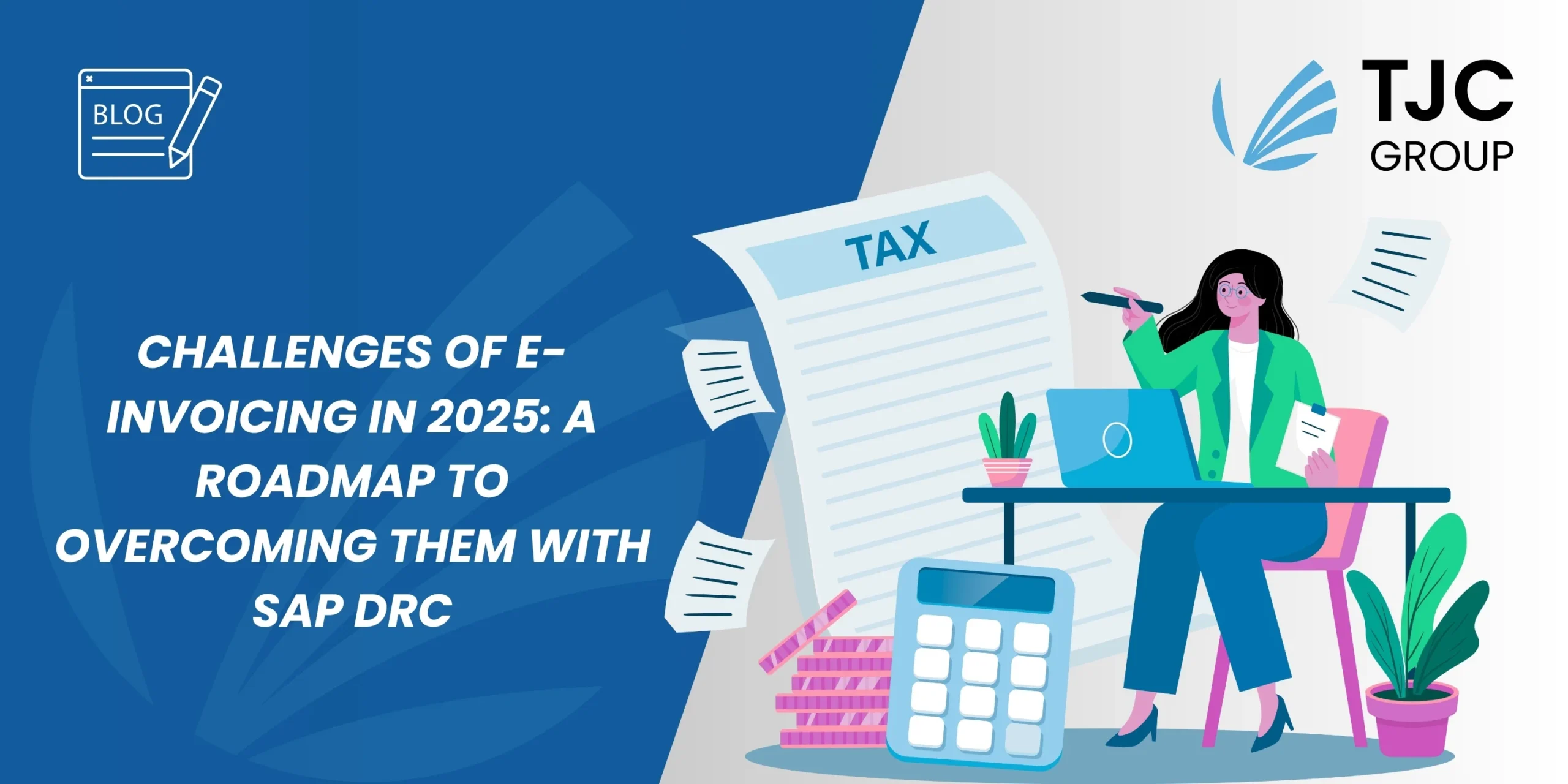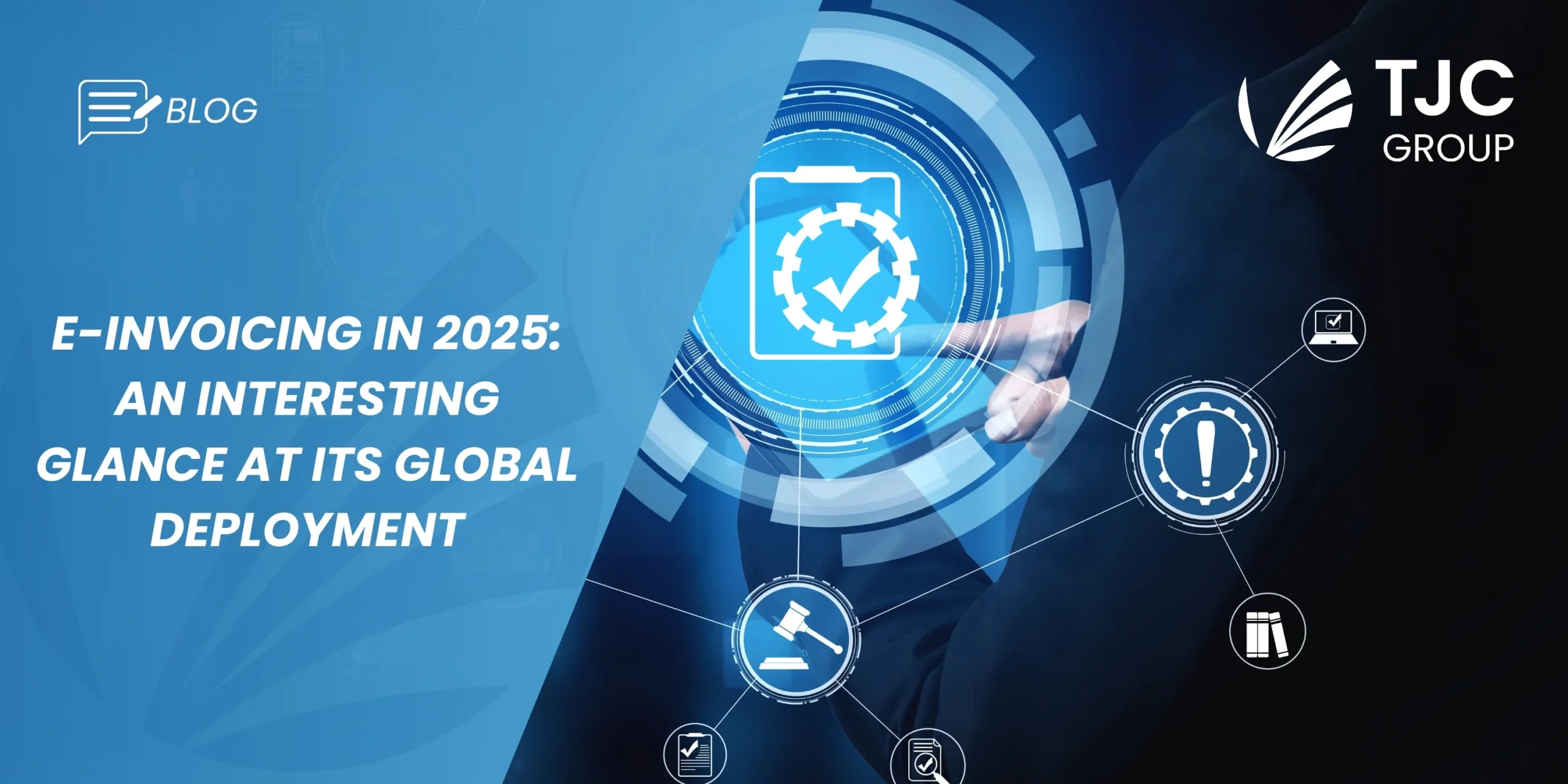
Author: Laura Parrí Royo, Marketing Director
With years of expertise, Laura heads the Marketing team at TJC Group. Her expertise in SAP Data Archiving, Legacy Decommissioning, and so on, coupled with marketing tactics has helped strategize our brand value beyond excellence.
Table of contents
Ever since the arrival of the Internet, we have slowly witnessed the ‘democratisation of technology’, putting powerful technological capabilities into the hands of many. What was once only available to a handful of the most affluent in our society, businesses and consumers alike, became readily available to anyone with an Internet connection. Cheap and secure communications to break down geographical restrictions; access to global marketplaces to reduce costs; ground-breaking research and advanced knowledge to improve access to education, plus much more besides. Now, in the software development world, things are going a step further, with the arrival of low-code, no-code applications. Or are they? Is it really anything ‘new’?
What exactly is ‘Low-code, no-code’?
Low-code, no-code development platforms are types of software development environments that allow enterprise developers and citizen developers to quickly build applications without having to code them line by line. Often they involve using drag-and-drop application components which can be connected together to create apps and utilities. Revisiting the earlier idea of promoting autonomy, they enable business analysts, office administrators, small-business owners, and others who are not software developers to build and test applications independently. This is what is democratising is about: low code, no code as a technology. People with little to no knowledge of software development languages, machine code can produce their own effective apps and utilities cheaply and quickly.
Is ‘Low-code, no-code’ a new invention?
‘Low-code, no-code’ may be a popular buzzword currently, but the concept has actually been around for a long time. According to Computer Weekly’s writer Marc Ambasna Jones, ‘Ever since organisations started pushing employees to “program” macros into Excel, the idea of “citizen developers” has taken root.’ Now the concept has been given a label – low-code, no-code.
The vision behind it appears to take these capabilities a step further, implying that we can do away with software developers altogether – because end users can now create their own software applications using automated code generators. Really? Have you ever used Google Translate and received a faultless translation of a foreign language document? Or Otter for a transcription? I haven’t either, even though they are both incredibly helpful. The same principle applies to low-code, no-code. It’s a good idea and it works in part, but the hype around end users being able to create all their own software is misguided. By the way, the same limitations apply to Chat GPT.
Software at the service of the end-users
However, despite this skepticism, low-code, no-code does exist and is valuable. Just like other AI-based tools like Otter and Chat GPT, there are some very valuable business compliance applications available today that give users access to this functionality. They enable end users to work with more autonomy by having the power to utilise the tools and services they use more independently. To potentially build ‘mini-apps’ without requiring IT input. But, they are suited to very specific tasks only. Before going further, let’s first define what we mean by low-code, no-code.
Low-code, no-code examples at TJC Group
Although there is quite a lot of hype surrounding low-code, no-code at the moment, the concept is nothing new. TJC Group has been developing software tools that incorporate these capabilities since 2008. In our case, professional software development still lies at the heart of our development processes, we have no intentions of replacing our developers, but the low-code no code capabilities our solutions adhere to offer an accessible and simplified means by which users can quickly create their own utilities and reports.
Here are some examples: the Audit Extraction Cockpit (AEC). This software features classic, no-code development capabilities, giving users the power to perform their own data extractions for auditors and fulfill requests for compliance reports. The AEC enables a developer to extract data from tables within an SAP database in pre-defined formats and then write the outputs to a file that can be handed over to regulators. It’s a task that would previously have required a developer to complete and would take a couple of days at least. Now users can take care of any requests independently. Apart from saving time, it means the user doesn’t have to incur any extra development costs. Previously it might have taken a couple of weeks to write the required software code, now a request like this can be satisfied in a single day.
What AEC does as a low-code, no-code application, is allow end users to specify how they want the data tables structured, generate the required code to perform the request, and then produce the relevant output in a format that will be accepted by auditors and financial regulators. Rather than handle an entire archiving procedure, AEC generates the optimised code for extracting subsets of data from SAP in a required format.
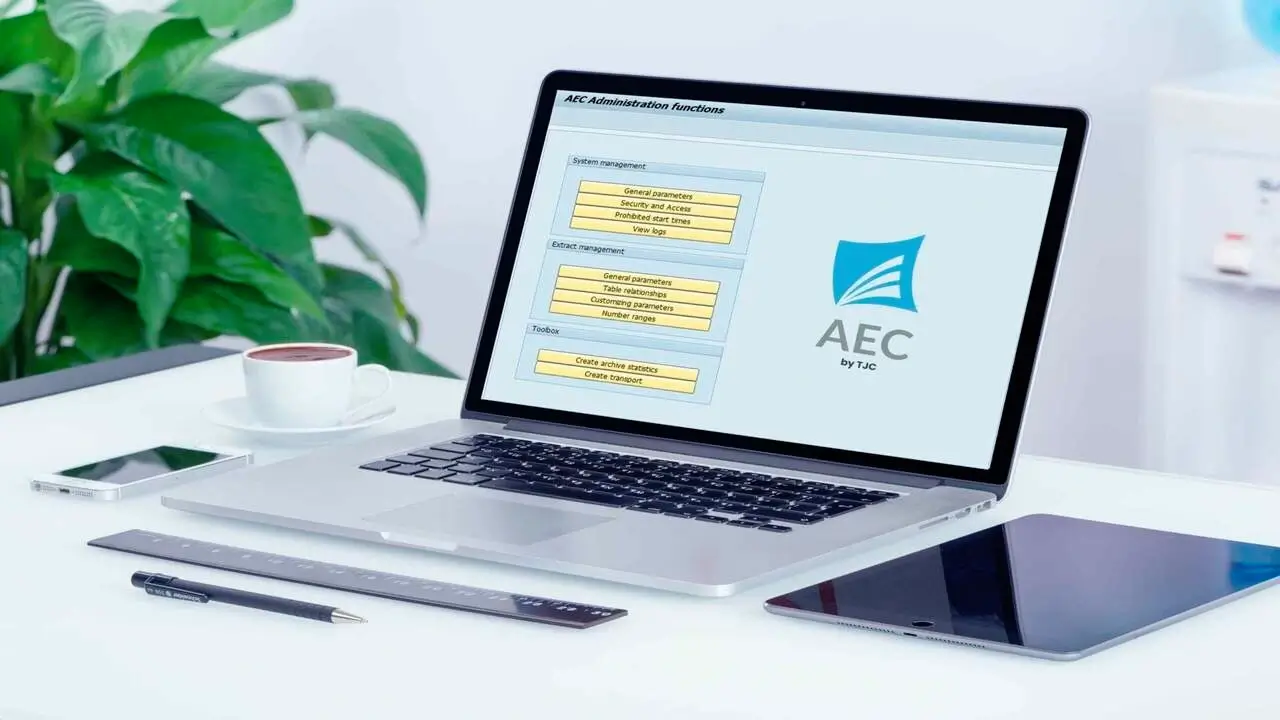
Another of TJC Group’s products, Enterprise Legacy System Application (ELSA) is also built with low-code, no-code capabilities, allowing users to satisfy urgent requests for historical records that have been decommissioned from live business systems. For example, if a tax auditor asks for sales records from 10 years ago, these may not be available for ongoing use due to GDPR, but they may be required for a tax enquiry. ELSA offers a swift, simple, and compliant way to get hold of information that has been archived off.
ELSA is an example of low-code no-code for SAP business users, giving them the ability to retrieve legacy files, such a sales order dating from 8 years old, by simply displaying a table.
Similarly, TJC Group has been experimenting with SAP Build Apps and Microsoft PowerApps to create low-code no-code applications for end users using ELSA. For instance, our consultants have built an application to visualise Sales orders with SAP build and also for Microsoft Power apps. In this case, the Sales order is stored in ELSA or SAP S/4HANA and the application was created without writing a single line of code.
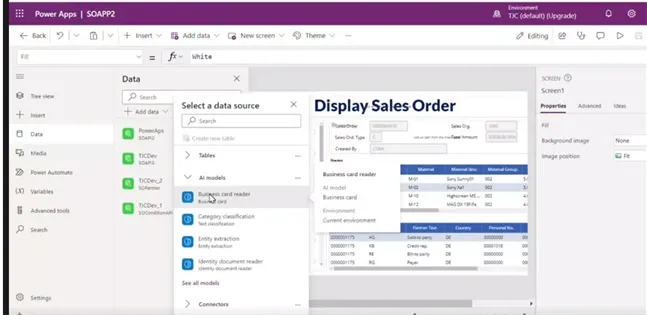
Final say
There has been an explosion of low-code, no-code applications that undoubtedly bring benefits for end users and developers alike, by saving time and effort, possibly money as well. These early applications provide a good starting point, yet cannot deliver a final, robust, and complex product. To suggest they will allow users to do away with software developers is simply not true, although the principle of low-code, no-code has been around for decades, and the technology is not mature enough.
TJC Group has been developing low-code, no-code applications for over 15 years, with the aim of helping our customers to cut costs and at the same time, make regulatory compliance easier and more efficient. ELSA and AEC are both great examples of how low-code, no-code works well today for very targeted applications.
Stay tuned for more on low-code, no-code and Artificial Intelligence updates! Subscribe to TJC Group Insights newsletter: https://info.tjc-group.com/tjc_newsletter


